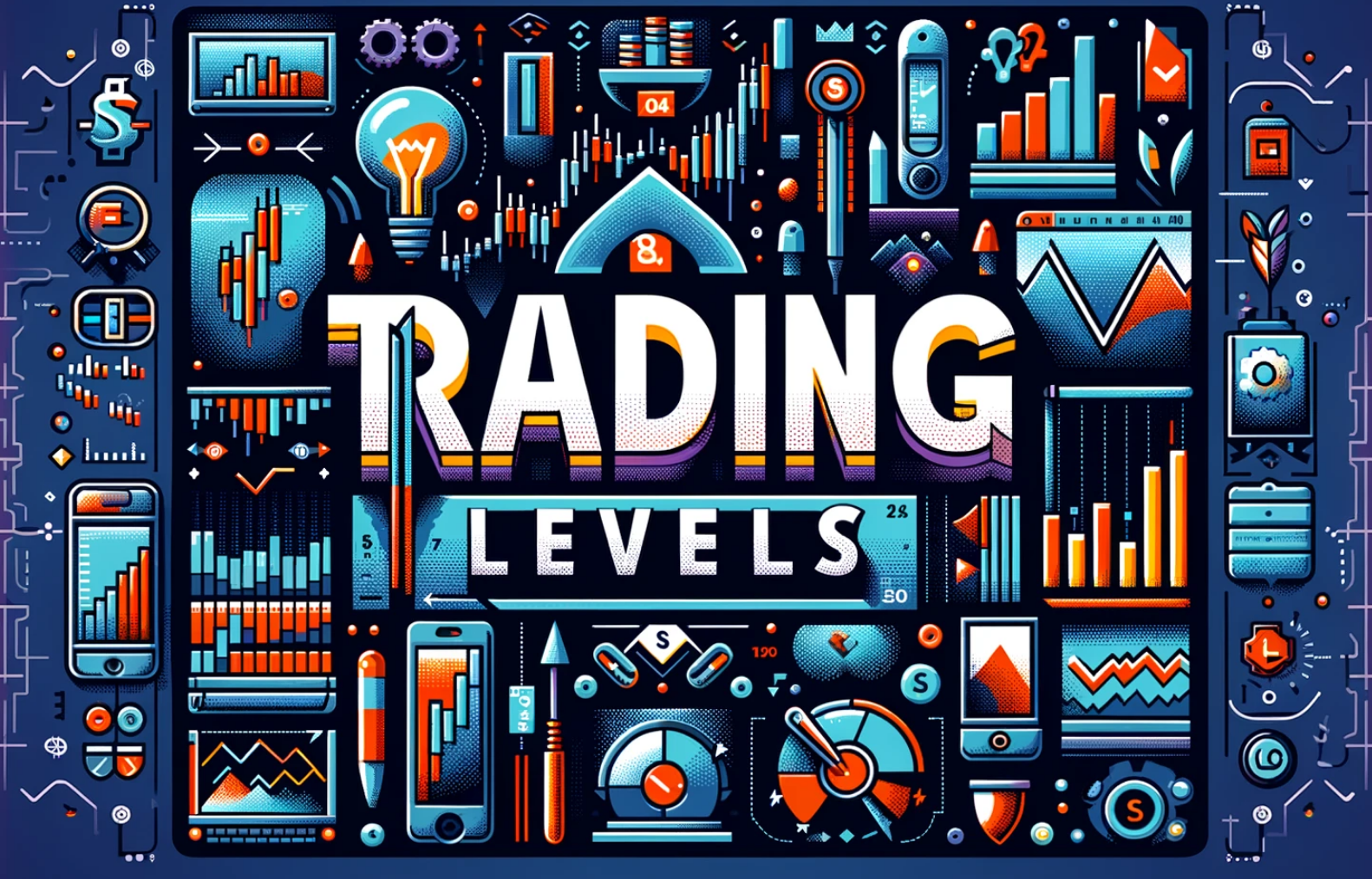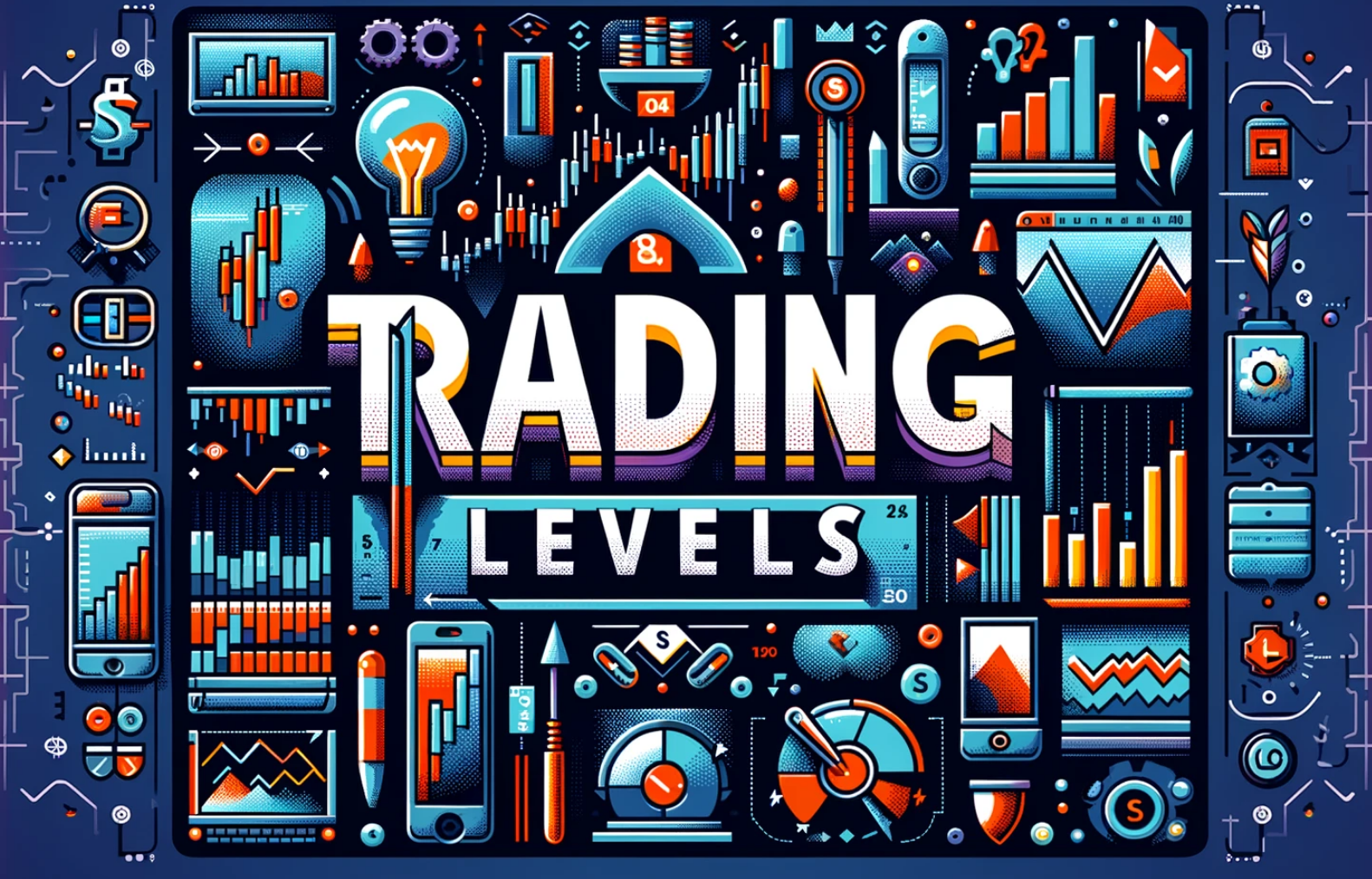Beware banks closed on Monday and Israel ready to go.
Follow @MrTopStep on Twitter and please share if you find our work valuable!
Our View
It’s all been fun and games on the upside, but then you may want to be a tad more careful over the weekend.
Periods of low volume, grinding ranges, and some upward back-and-fill patterns have pushed the ES to new highs. Every negative is a buy, but for how long? Maybe we can go up a little higher, but Israel’s security cabinet will vote on its response to Iran’s ballistic missile attack, an Israeli official told CNN. Earlier, Defense Minister Yoav Gallant said the retaliation would be “powerful, precise, and above all – surprising.”
This situation isn’t getting better, and it’s not going away. Even the PitBull agreed, but he said he thought Israel would attack Saturday night. All I know is the ES made a new all-time high on very light volume.
Our Lean
PPI and some more Fed speak today, along with the week two Friday options expiration. I said I wanted to buy a lower open or the first drop under, but it went a little further. Part of the problem was residual selling left over from the CPI number or position adjustments.
Let’s face it, when the MAG7 is going up, so are the rest of the markets. Yesterday was a good example of how the S&P takes the bad news and makes good of it. When the volumes drop this much, it makes it easier to run buy programs and then do sell programs, and then do it over and over again. Any poorly executed ES or NQ buy or sell order can immediately kick off a front-running sell program and vice versa on the upside.
This makes it very hard to trade, as it sends out up and downside false starts. A lot of times, when the price action has been firm all day and after 1:30 or 2:00, the futures start getting weak. The NQ drops and then the ES down ticks. After the NQ makes multiple new lows, the ES goes for the ride, makes a few new lows, and then pops 4 to 5 points in a few seconds. The NQ up-ticks but goes offered, and the ES down ticks, makes a higher low, and then starts going bid as the volume begins to increase. The crowd sold into the decline, and then the boys with the better seats start buying the ES, front-running their ETF orders. They then buy a couple of billion on the close and push the futures up 20 or 30 points into and after 4:00. So next time you see the markets weak all day and your buddy says they are going down on the close, you know how it works.
IMPRO : PITBULL : (4:24:08 PM) : Next week—I think Bibi bombs Iran after Rosh Hashana Saturday night.
IMPRO : PITBULL : (4:25:06 PM) : Day of Atonement. Start the new year with a clean slate.
IMPRO : PITBULL : (4:25:20 PM) : Kaboom.
IMPRO : PITBULL : (4:42:56 PM) : INDIGENOUS PEOPLE’S DAY AKA COLUMBUS DAY ON MONDAY—-BANKS CLOSED???
I think you have to be careful. If the ES gaps higher on the open, I gotta sell it, and if it goes my way, cover and go long. If the ES opens lower, I’m buying the early weakness and will figure out the rest later. Like the PitBull says, enjoy INDIGENOUS PEOPLE’S DAY. Oh yeah, I forgot to tell you—the ES and the NQ are setting up for a big fat RIP in October and November. I may get my ES to 6200 by year-end.
Have a good but safe weekend.
MrTopStep Levels:

MiM and Daily Recap

The ES made a high on Globex at 5742.75 and sold off down to 5828.00, trading up to 5838.50 at 8:09 am. It then sold off down to 5832.00 just as the Consumer Price Index rose 0.2% for September, hotter than expected. The annual rate increased to 2.4%. The ES rallied up to 5844.00 and then sold off down to 5814.75, opening Thursday’s regular session at 5825.50.
After the open, the ES traded up to 5827.75 and then sold off 15 points down to the low of the day at 5812.75. It rallied 21.25 points up to 5834.00, dropped 11.5 points down to 5822.50, up ticked to 5830.00 at 10:48, and then dropped 11.75 points down to 5818.25 at 11:06. The ES rallied 25 points up to 5843.25 at 12:20. After the high, it sold off 23.5 points down to 5834.00 at 1:37 and then dropped 25 points down to 5819.75. It rallied 14.5 points up to 5834.25 and then dropped 22.75 points down to 5811.50 at 2:44. The ES rallied up to 5825.50 at 3:48 and traded at 5825.75 as the 3:50 imbalance showed $900 million to buy. It traded at 5828.75 on the 4:00 cash close. After 4:00, the ES rallied up to 5833.00 and settled at 5831.00, down 10.25 points or -0.18%. The NQ settled at 20,422.00, down 30 points or -0.15%.
In the end, the ES and NQ have been up three days in a row. In terms of the ES’s overall tone, it shook off the CPI selling. In terms of the ES’s overall trade, volume was low at 1.06 million contracts traded.

Technical Edge
Daily:
-
NYSE Breadth: 41% Upside Volume
-
Nasdaq Breadth: 39% Upside Volume
-
Total Breadth: 40% Upside Volume
-
NYSE Advance/Decline: 39% Advance
-
Nasdaq Advance/Decline: 37% Advance
-
NYSE New Highs/New Lows: 92 / 37
-
Nasdaq New Highs/New Lows: 101 / 169
-
NYSE TRIN: 0.81
-
Nasdaq TRIN: 0.96
Weekly:
-
NYSE Breadth: 52% Upside Volume
-
Nasdaq Breadth: 56% Upside Volume
-
Total Breadth: 54% Upside Volume
-
NYSE Advance/Decline: 43% Advance
-
Nasdaq Advance/Decline: 40% Advance
-
NYSE New Highs/New Lows: 453 / 62
-
Nasdaq New Highs/New Lows: 404 / 311
-
NYSE TRIN: 0.93
-
Nasdaq TRIN: 0.83
VIX: 20.90 (dwn)
Guest Post:
Editor’s Note: This article was originally sent yesterday, but the images did not publish correctly. We are republishing it today with the working images. Enjoy the read!
Dan – GTC Traders
It’s a Bubble: Part Six – Underperformance?
For the past five weeks, we’ve been unpacking a statement from a few months ago:
“For both predetermined quantitative and qualitative reasons, we believe that we are in the late stages of a longer-term stock market rally; and are in the beginning stages of a stock market bubble. When this happens, our portfolio mandate switches us to play what Poker players would call a very ‘nit’ game. In other words, all of our programs become very … tactically tight. Smaller position sizes.”
In the previous installments, we covered the quantitative and qualitative factors driving our view that the market is in bubble territory. We discussed extreme valuations, significant price deviations, increasing upside volatility, and a wave of euphoria that has gripped retail investors.
In the last article, we touched on performance and what “good” performance really looks like in the long haul. But there’s more to be said about this concept of “underperformance” — particularly during short-term bubbles.
Underperformance Doesn’t Mean Defeat
It can be easy to view any short-term period of underperformance as failure. This tendency is amplified in bull markets when certain strategies, particularly those that are more conservative, may lag behind the broader indices. This might lead some to question the effectiveness of those strategies. However, it’s essential to understand that short-term underperformance does not necessarily equate to long-term underperrformance.
Take, for instance, Warren Buffett’s Berkshire Hathaway during the late 1990s. From 1998 to 2000, Berkshire underperformed the S&P 500 Index significantly.

For newer investors looking at that period, Buffett might have appeared to have lost his edge, especially as technology stocks soared, and investors piled into what they believed was an unstoppable new economy. It was easy for new and aspring traders to claim “underperformance”.
However, when we zoom out and look at Berkshire Hathaway’s performance over the longer term, that period of underperformance becomes less significant. In fact, Buffett’s cautious approach — his ‘nit game’ — allowed him to avoid much of the fallout from the bursting of the dot-com bubble in 2000-2000.
A Lesson from Berkshire Hathaway: 1998-2005
As we all know, Buffett didn’t chase the mania. He stuck to his mandate, focusing on value investing and avoiding overpriced tech stocks with no earnings. And when the bubble burst in 2000, Berkshire Hathaway’s performance began to shine again. While the S&P 500 suffered significant declines, Berkshire weathered the storm and continued to generate strong returns in the years following the crash.

The lesson here is simple: short-term underperformance during a bubble can often precede long-term outperformance. Buffett wasn’t concerned with keeping pace with a bubble-driven rally. His mandate was to avoid excessive risk, protect capital, and invest in companies with strong fundamentals. And in the long run, that strategy paid off.
The Patience of Long-Term Outperformance
Let’s circle back to what we discussed last week: patience.
In our own portfolios, we take a similar approach. As we’ve discussed over the last few weeks, the market is showing signs of extreme valuations, upside deviations, and euphoria. In environments like this, it’s crucial to remain disciplined and conservative. Our mandate dictates smaller position sizes and a more cautious approach to managing risk — much like Buffett’s during the late 1990s.
And Berkshire Hathaway’s example is not the only example of this phenomenon. For Futures traders, you can see clear evidence of this same principle of “underperformance in the short-term, outperforming in the long-term” with Bill Dunn’s performance from 2005 to 2008.
Today, we find ourselves in a similar situation. While the S&P 500 continues to push higher, driven by a handful of high-flying tech stocks, the risks are mounting. Our conservative approach — much like Berkshire Hathaway’s in the late 1990s — is designed to preserve capital and avoid chasing short-term gains that may disappear when the bubble bursts.
In the long run, the key to successful investing isn’t about outperforming in every market cycle. It’s about playing the long game, managing risk, and positioning for sustainable returns over time.
Conclusion
To wrap up, periods of underperformance are not only inevitable but sometimes necessary when managing a portfolio through a bubble. Warren Buffett’s experience from 1998 to 2000 illustrates that short-term underperformance during a bubble doesn’t mean a strategy has failed. In fact, it can often be a sign of prudence.
Our approach remains patient, tactical, and cautious.
And as always — until next time, stay safe … and trade well.
ES
Yesterday was an NR7 day. NR7 is the day when the price range was the narrowest in the last seven days. Similarly, NR4 is the day when the price range was the narrowest in the last four days. The range is the price difference between that day’s High and Low. A bullish setup occurs when the breakout is from the top of the NR7/NR4 candle.

One Week Ago

Yesterday. Sill knocking knocking on the highs
NQ
Nasdaq continues to not make that higher high.

One week ago

Yesterday, Still not caught up to the SP500
Economic Calendar
Disclaimer: Charts and analysis are for discussion and education purposes only. I am not a financial advisor, do not give financial advice and am not recommending the buying or selling of any security.





Comments are closed